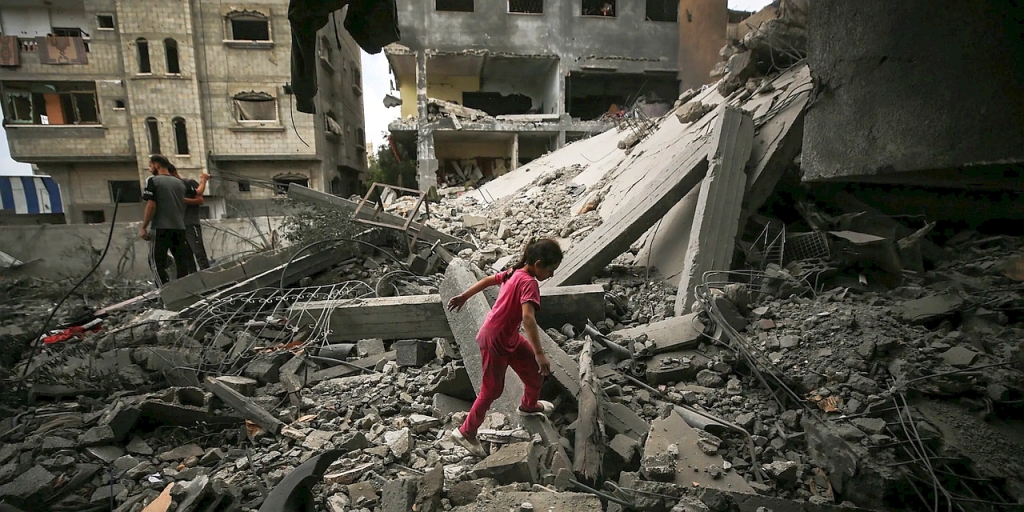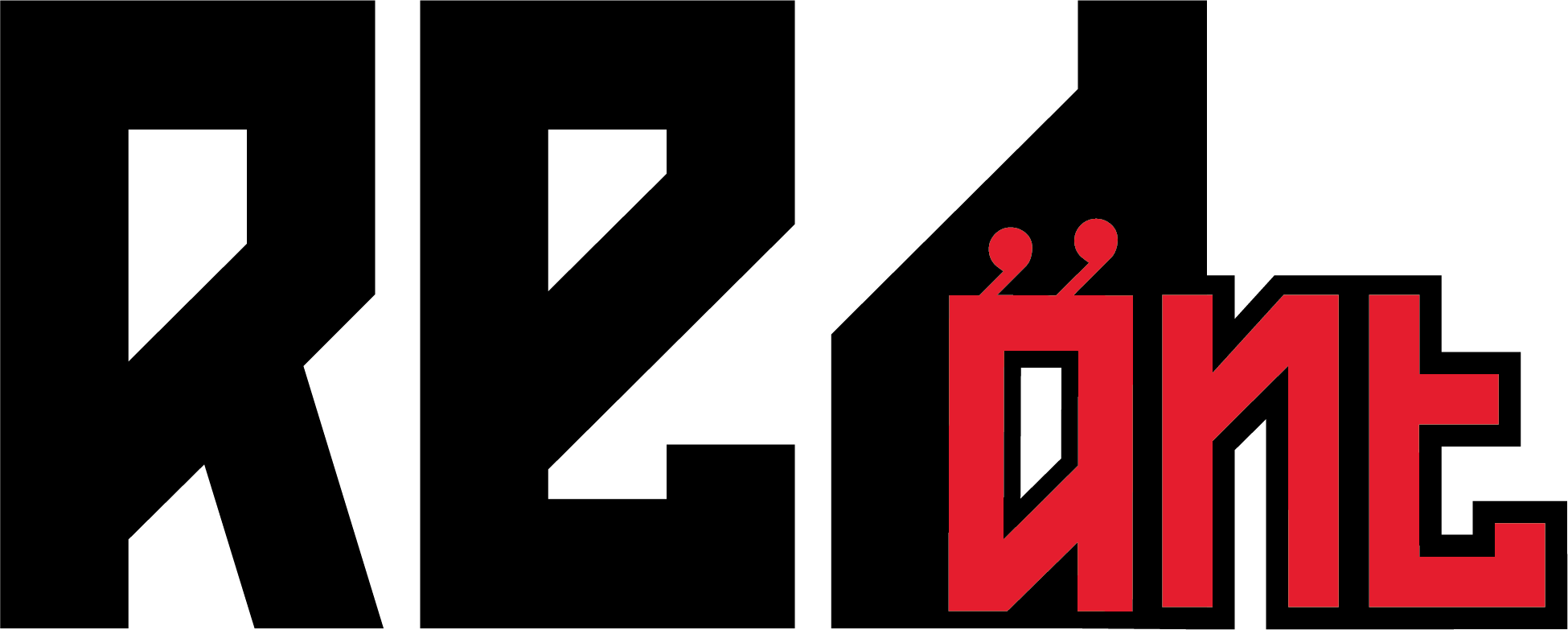
By Barry Sheppard
The June 8 Israeli raid on the Nuseirat refugee camp in central Gaza was celebrated in the U.S. and Israel for rescuing four hostages held by Hamas.
But the real aim of the attack was to lay waste to the crowded camp and kill and maim as many Palestinians as possible. Two hundred and seventy-four were killed and about seven hundred were wounded, nearly 1,000 total.
The 274 killed was the largest number of Palestinians killed in one day of the Israeli war against Palestinians in Gaza. With the deliberate and near total destruction of the healthcare system, many of the wounded were expected to die.
Washington was complicit in the mass murder and mayhem in many ways.
President Biden hailed the operation without mentioning the large number of Palestinian deaths.
Eyewitness reports published by Al Jazeera establish that the Israeli soldiers knew the two homes in the camp where the hostages were held, raided them and took them out by helicopter. This did not require the wholesale attack on the people in the camp that occurred. The raid provided cover for the massacre.
Israeli forces started bombing from above, hitting the busy marketplace hardest, likely to spread as much panic as possible, as well as inflict maximum casualties.
An article by Jeffrey St. Clair in CounterPunch gave a good summary:
The nearby Al-Aqsa Hospital was already overflowing with patients from the airstrikes of the previous few days, before it began receiving the wounded and maimed from the bloodiest day yet of Israel’s assault on Gaza. Al-Aqsa was already short on supplies, running low on drugs, water and power. The hospital’s hallways were already filled with moaning, bandaged patients, recovering from wounds and surgeries without painkillers. The staff was already overworked, tired and stressed out, when they heard the first explosions around 11 in the morning.
Dozens of airstrikes were followed by volleys of small arms gunfire and rocket-propelled grenades. Some explosions seemed very close to the hospital. Someone said the IDF had called the hospital minutes before and warned the staff to evacuate because it too was a target. But the nurses and the doctors wouldn’t leave their patients. Maybe it was disinformation or just another rumor of a hellish war.
Helicopters hovered overhead. Quadcopter drones darted in and out firing machine guns at the crowded streets. There was the unmistakable growl of tanks. The [Nuseirat] camp was surrounded. There was no way to flee. No air raid shelters to huddle in. No way out.
Then the calls came for help, soon followed by the wounded, the burnt, the dying and the dead. The bodies of children and women, the old and young, shredded by shrapnel, riven with bullets, some with severed limbs and others with perforated eyes.
‘There were children everywhere, there were women, there were men,’ said Karin Huster, who was working at Al-Aqsa with Médecins Sans Frontières [Doctors Without Borders]. ‘We had the gamut of war wounds, trauma wounds, from amputations to eviscerations to trauma, to TBIs, traumatic brain injuries. Fractures, obviously, big burns. Kids completely grey or white from the shock, burnt, screaming for their parents — many of them not screaming because they are in shock.’
The tempo of the attack increased. The bombings and the gunfire and the tanks and the helicopters. The frenzied sounds of a war machine at full-throttle. For thirty minutes it went on. For an hour. For an hour and a half. It seemed interminable for those seeking shelter on the ground, cowering in buildings and the hospital. And then it was over, finally. And there were only the cries for help from the shattered streets and collapsed buildings. The cries of parents carrying dead children in their arms, the cries of children looking at the gutted bodies of their parents.
What had just happened? Why had this refugee camp at Nusierat, home of so many homeless people, so many Palestinian families who had been displaced by bombs time and time again, come under such a savage sustained attack from the air and the ground, an attack that destroyed 90 homes and apartment buildings? An attack of such fury that it left the streets scattered with severed arms and legs, the bodies of children and their mothers and grandfathers left to bleed out in the marketplace that seemed to be a target of the attack. What could possibly justify this slaughter, this killing, this destruction that one Palestinian refugee in Nuseirat said felt like ‘Doomsday’?
When the Israelis finally left, they took four people with them, four hostages who had been rescued by Israeli commandos and evacuated in helicopters that were stationed at or near Biden’s hapless “humanitarian” pier that had, coincidentally or not, just been reassembled and re-moored to the beach in central Gaza, after breaking apart in high seas last month.
When the Israelis finally left with the four rescued hostages, who’d been captured by Hamas on October 7 while attending the Nova rave just outside the Israeli security fence that pens in and isolates northern Gaza, they left behind 274 dead Palestinians, including 64 children and 57 women. They left behind 700 wounded, many in critical condition, many of whom seem likely to die in the coming days and weeks.
The great rescue mission turned into the worst massacre to date in Israel’s genocidal war on Gaza, leaving the streets of Nuseirat, in the words of Abu Asi, ‘halls of blood.’ Everyone on the streets and inside the buildings of Nuseirat was a target that day. The gunfire and airstrikes were indiscriminate. The entire camp was a kill zone.
Nuseirat’s narrow streets were cratered, so clotted with rubble and bodies that ambulances couldn’t reach the victims, many of whom were wheeled to the hospital in hand carts and wagons. Many more were left to die on the streets from treatable wounds.
‘Aircraft struck dozens of military targets for the success of the operation,’ the IDF brayed afterward. ‘Hamas, in a very cruel and cynical way, is holding hostages inside civilian buildings.’
A ridiculous charge. Moreover, photos of the released hostages showed that they appeared healthy and showed no signs of ill treatment.
One of the freed hostages, Louis Har, was interviewed by the Israeli newspaper Haaretz. He explained his long capture as “hell.” But when asked “did you hear the military around you?” He replied “all the time”.
“And did this give you hope or shake your confidence?” Haaretz asked. He replied,
Our greatest fear was the IDF planes and the concern they would bomb the building we were in. I was a soldier myself once. But the feeling that it could be our own bombs, our own planes — that this is what would kill us — that’s very scary and very anxiety-inducing …
The interviewer asked:
So, you made your peace with the fact that you may not come out alive, and death did not scare you, but your greater fear was from the IDF activity. Correct?
Former hostage, Louis Har,
From the IDF. We decided for ourselves, the whole gang of us together, that we wouldn’t resist [the hostage-takers] and wouldn’t cause conflicts. We respected each other, and we were calm. We weren’t worried that they’d do something to us all of a sudden. We didn’t object to anything. So, I wasn’t afraid they’d kill me.
Some Israeli commentators suggested that the released hostages were suffering from “Stockholm syndrome”, where captives begin to identify with their captors.
St. Clair continued,
The Israelis said they came at mid-day as an element of surprise. But their own history of raids in Gaza and elsewhere says they usually come at night. This rescue operation was different. This rescue operation in broad daylight was designed to kill. To kill as many as possible, no matter who they were or what they were doing. To kill kids kicking soccer balls, young women standing in line at the bakery, and old men carrying bags of flour and rice. It even killed hostages.
‘We inform you that in exchange for these, your army killed three prisoners in the same camp, one of whom held American citizenship,’ the military wing of Hamas announced in a video released following the attack.
The Americans knew. The Americans helped. Did the CIA or Pentagon help with the targeting? It hardly matters. The Americans provided the bombs, the helicopters, the fighter jets, the bullets and the tank shells. The Americans watched the attack unfold. They watched from Biden’s pier. They watched from drones. They watched as the streets filled with blood, bodies and limbs. Afterward, the Americans praised the rescue operation and said nothing about the dead Palestinian children and women. Nothing about the amputees and the eviscerated. Nothing about the three hostages who were also apparently killed in the Israeli attack, including an American citizen.
The Biden administration’s complicity in the Nuseirat mass slaughter shatters the last pretense of American diplomacy in the Middle East. It’s a sinister calculus that justifies killing and wounding 1000 people to rescue four – four people who could have been released through a ceasefire; a ceasefire the Biden administration claims it wanted to broker.
The massacre at Nuseirat made clear once more that some lives are worth more than others. And to the Israelis and their American allies, at least, Palestinian lives don’t seem to be worth anything at all.
See also:
No Way Out in Nuseirat: the Great Hostage Rescue Massacre
By Jeffrey St. Clair, CounterPunch June 14, 2024
Nuseirat, anatomy of Israel’s massacre in Gaza
By Al Jazeera Staff, June 11, 2024
